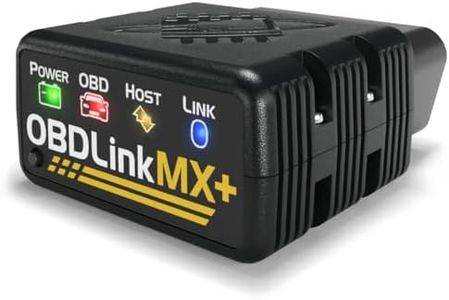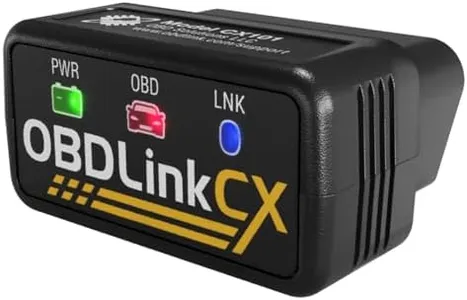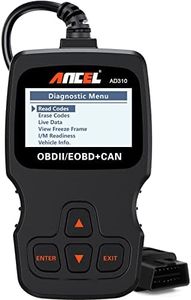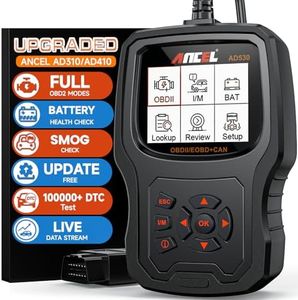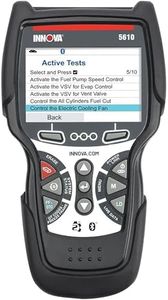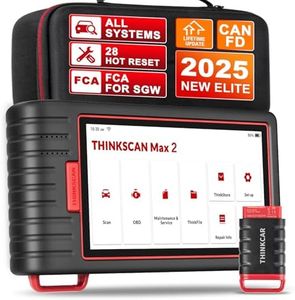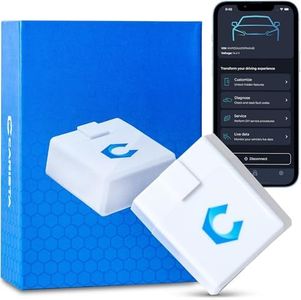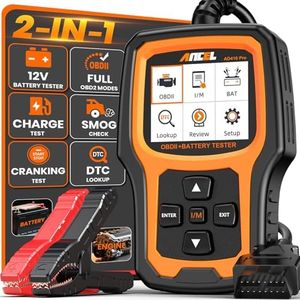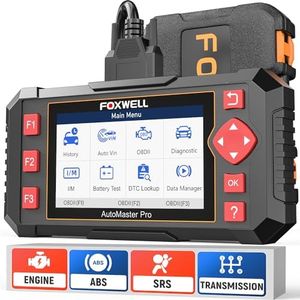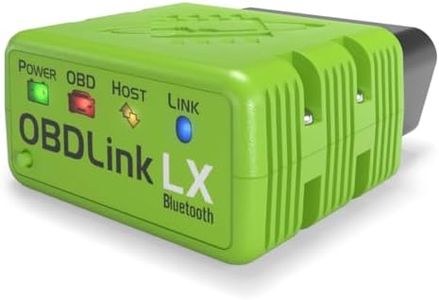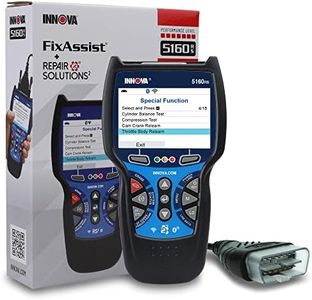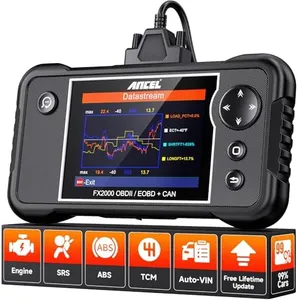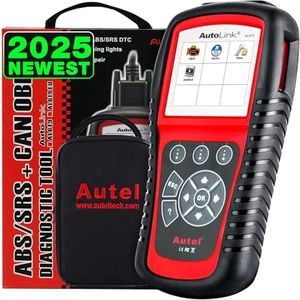We Use CookiesWe use cookies to enhance the security, performance,
functionality and for analytical and promotional activities. By continuing to browse this site you
are agreeing to our privacy policy
10 Best Air Bag Scan Tools
From leading brands and best sellers available on the web.Buying Guide for the Best Air Bag Scan Tools
Choosing the right airbag scan tool is important if you want to reliably diagnose and address problems related to your vehicle's airbag and SRS (Supplemental Restraint System). The right scan tool will help you read and clear trouble codes, and in many cases perform advanced functions like reset procedures and system tests. Before making a choice, consider what vehicles you plan to work on, the depth of diagnostics you require, and how comfortable you are with automotive tools.CompatibilityCompatibility refers to which car makes, models, and years the scan tool can work with. This is crucial because not all tools support every vehicle, especially when it comes to airbag system diagnostics. There are universal scan tools and vehicle-specific ones. Universal tools can read codes on a broad range of vehicles, while vehicle-specific tools are tailored to certain brands. To pick the best fit, start by checking the vehicles you intend to work on—if you only work with one make, a specialized tool may suffice, but if you plan to work on multiple brands, look for broader compatibility.
Functionality LevelThe functionality level defines what the scan tool can do—basic models may only read and clear SRS fault codes, while advanced ones offer bi-directional controls, component tests, and live data. If you just want to check for codes and turn off warning lights, a basic tool is adequate. If you're performing in-depth repairs or troubleshooting, consider a tool with more advanced capabilities. Match the tool’s features to your technical experience and diagnostic needs.
User InterfaceThe user interface is how you interact with the tool—some have built-in screens and buttons, while others use mobile apps or connect to a computer. A clear, intuitive display makes it easier to navigate menus and understand results. Simpler interfaces are often better for beginners, while advanced users might benefit from more detailed displays or customizable settings. Consider your comfort with technology and let that guide your choice.
Update and Support OptionsUpdate and support options refer to how easy it is to keep the tool’s software current and access customer service. Regular updates ensure compatibility with newer vehicles and the latest protocols. Some manufacturers offer lifelong free updates, others charge for upgrades. Good customer support can help resolve issues quickly, which is handy if you’re new to automotive diagnostics. If you plan to keep your tool for several years, prioritize models with easy, ongoing updates and strong support.
Portability and Build QualityPortability and build quality describe how easy the tool is to carry and how well it withstands regular use. Smaller, lightweight devices are better for mobile mechanics or home users who may not have a dedicated space. Durable materials and quality construction help the tool last longer, especially in a busy environment. Choose a model that feels robust and is easy to take with you if you’ll be using it in various locations.
